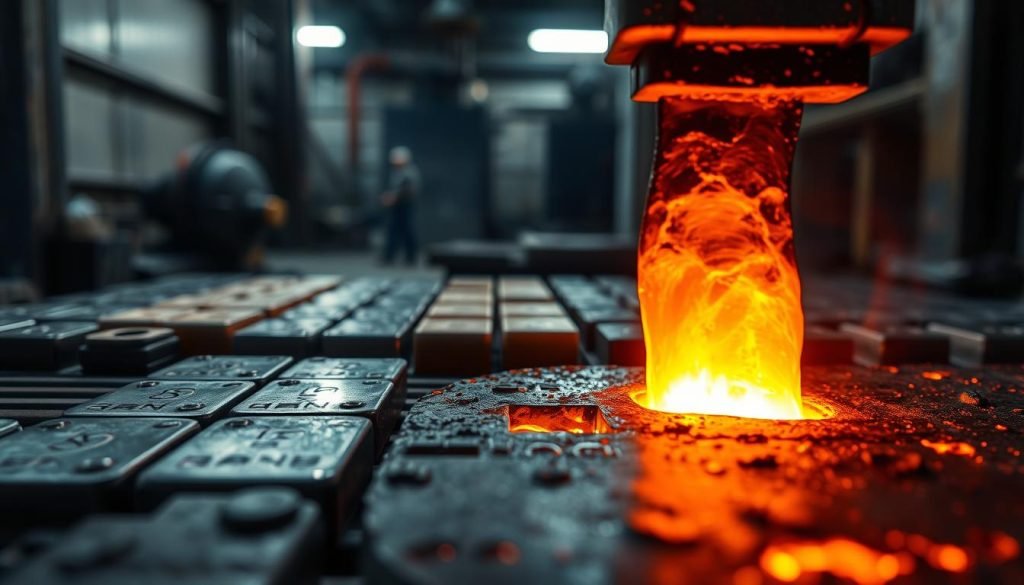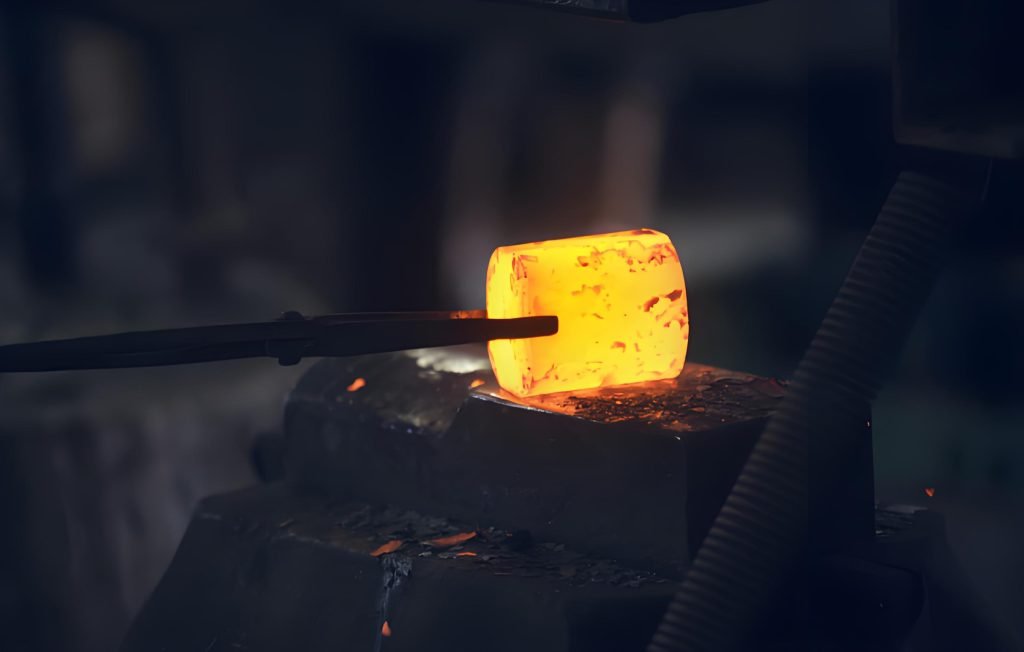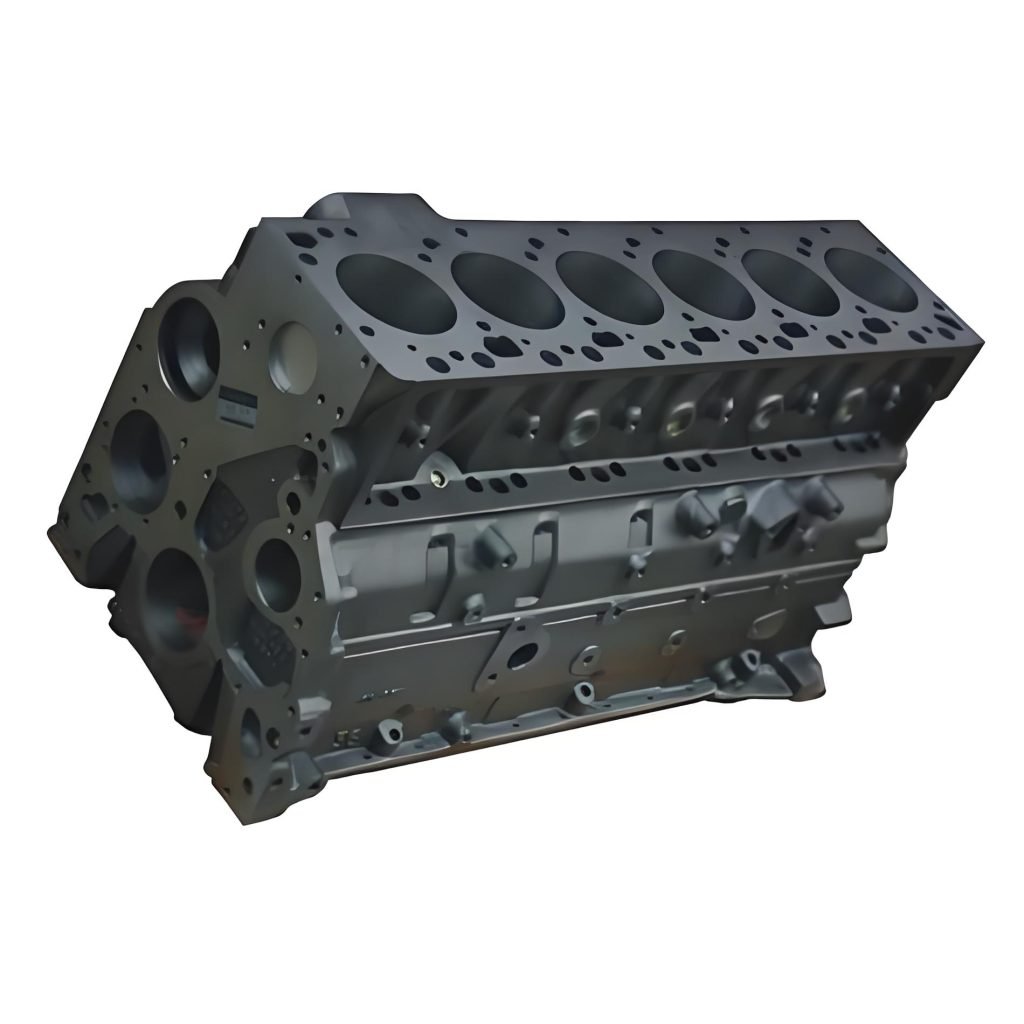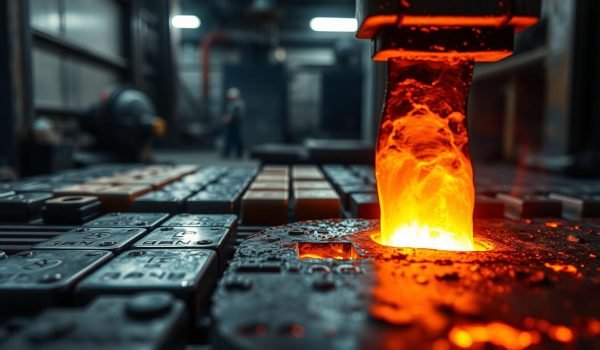You might be surprised to know that the pure form of a fundamental metal used in manufacturing and construction has a melting point of approximately 1,538°C (2,800°F). This metal is known for its versatility and strength, making it a crucial material in various industries.
The high melting point indicates strong atomic bonds, requiring significant energy to break. Understanding this property is essential for various industrial applications, from casting to welding.
As you explore the world of metal processing, you’ll discover how this metal’s melting characteristics influence its processing methods and final product quality. Precise control of melting temperature affects the quality and characteristics of products made from this metal.

Understanding Iron: Chemical and Physical Properties
To understand iron’s role in metal processing, you need to know its fundamental properties. Iron is a metal with unique characteristics that make it versatile for various applications.
Chemical Composition and Atomic Structure
Iron has the atomic number 26 and symbol Fe. Its electron configuration is [Ar]3d6 4s2, which contributes to its bonding behavior and chemical reactivity. As a transition metal, iron’s atomic structure allows it to form bonds with other elements, making it a valuable material in different industries.
Physical Characteristics of Iron
Iron has a body-centered cubic crystal structure at room temperature, changing to face-centered cubic at higher temperatures. It has a density of 7.87 g/cm³ and is ferromagnetic below 770°C. Iron’s physical properties, including its hardness, malleability, and ductility, make it suitable for various applications.
What is the Iron Melting Point?
The melting point of iron is a fundamental property that affects its processing and usage. You need to understand this temperature to optimize iron’s use in various industries.
Definition and Standard Measurements
The melting point of iron is defined as the temperature at which it transitions from a solid to a liquid state. For pure iron, this temperature is approximately 1,538°C (2,800°F). Standard laboratory techniques are used to measure this temperature accurately, which is crucial for industrial applications where precise temperature control is necessary.
Comparison with Other Metals
Iron’s melting point is relatively high compared to some metals, such as aluminum (660.3°C) and gold (1,064°C), but lower than others like tungsten (3,422°C). Understanding how iron’s melting point compares to other metals helps in selecting the appropriate metal for specific applications. For instance, iron’s boiling point is 2,862°C (5,184°F), which is an important consideration in manufacturing processes.
Melting Points of Different Types of Iron
Different types of iron exhibit distinct melting points, which are crucial for various industrial applications. Understanding these differences is essential for selecting the right processing parameters.
Pure Iron
Pure iron has a melting point of 1,538°C (2,800°F). Its high purity results in a consistent and well-defined melting temperature, making it a reliable choice for applications where precise temperature control is necessary.
Cast Iron
Cast iron’s melting point ranges from 1,150-1,200°C (2,102-2,192°F), significantly lower than pure iron due to its higher carbon content (typically 2-4%). Variations exist between gray cast iron (1,150-1,200°C) and white cast iron (1,200-1,275°C), influenced by their microstructures.
Wrought Iron and Steel
Wrought iron melts between 1,482-1,593°C (2,700-2,900°F), with its lower carbon content and fibrous slag inclusions affecting its melting characteristics. Carbon steel’s melting point varies from 1,425-1,540°C (2,597-2,804°F) depending on its carbon content.
Factors Influencing the Iron Melting Point

Understanding the factors that affect iron’s melting point is essential for optimizing metal production processes. The melting point of iron is not a single fixed value; it’s influenced by several critical factors.
Purity Levels
The purity level of iron directly affects its melting point. Pure iron has a melting point of 1,538°C. However, the presence of impurities can significantly alter this value.
Alloying Elements
Alloying elements, particularly carbon, play a crucial role in modifying iron’s melting behavior. Carbon lowers the melting point of iron, with cast iron (containing 2-4% carbon) melting at much lower temperatures than pure iron.
Pressure and Environmental Conditions
Pressure conditions and environmental factors also influence the melting point. Higher pressures generally increase the melting temperature due to enhanced atomic interactions. Environmental factors like oxidizing or reducing atmospheres can affect the melting process and effective melting temperature.
How to Melt Iron: Equipment and Techniques
To melt iron, you must select the appropriate furnace type based on your specific needs, whether it’s for large-scale production or recycling scrap iron. Blast furnaces are ideal for primary production, combining iron ore, coke, and limestone to reach extremely high temperatures.
Furnace Types for Iron Melting
Blast furnaces, electric arc furnaces, and induction furnaces are the primary types used. Blast furnaces operate at temperatures up to 2,000°C, reducing iron ore to molten iron. Electric arc furnaces use electrical arcs to melt scrap iron efficiently, while induction furnaces employ electromagnetic induction for precise temperature control.
Temperature Control Methods
Effective temperature control is crucial when melting iron. Methods include thermocouples, optical pyrometers, and automated control systems to maintain optimal melting conditions and prevent overheating or underheating.
Safety Considerations
Safety is paramount when melting iron. Protective equipment, proper ventilation, and safe handling practices for molten metal are essential to prevent accidents and injuries. Ensuring the quality of raw materials, whether iron ore or scrap iron, is also vital for achieving the desired molten iron quality.
The Importance of Iron Melting Point in Metal Processing
The melting point of iron is a critical factor in determining the success of metal processing operations. Understanding this property is essential for various applications, including casting, forging, and welding.
Casting Applications
In casting processes, knowing the exact melting point of iron ensures proper furnace temperature settings and complete melting, resulting in high-quality castings with minimal defects.
Forging Processes
Forging relies on heating iron to temperatures below its melting point, typically between 900-1,200°C, making it malleable while maintaining its solid state.
Welding Considerations
Understanding the melting point of iron is crucial for selecting appropriate welding techniques and materials, as different methods provide varying heat inputs that must be matched to the iron alloy being joined.
Iron Melting Point vs. Other Metal Properties
You need to consider iron’s melting point when evaluating its other properties. The melting point is a fundamental characteristic that influences various aspects of iron’s behavior and applications.
Relationship with Hardness and Strength
Iron’s high melting point is indicative of its strong atomic bonds, which also contribute to its hardness and strength. The strong bonds require significant energy to break, making iron a robust material for various applications.
Impact on Workability
The melting point of iron affects its workability, as higher melting point materials generally require more energy and specialized equipment for processing. Understanding this relationship helps in designing appropriate processing methods for iron and its alloys.
Industrial Applications Requiring Precise Iron Melting
Understanding iron’s melting behavior is vital for various industrial applications. The melting point of iron, approximately 1,538°C (2,800°F), is a critical property that influences manufacturing processes.
Automotive and Construction Industries
The automotive industry relies on precise iron melting for producing engine blocks and cylinder heads. In construction, properly melted iron is used for structural components and reinforcing bars. These applications require specific mechanical properties achievable only through controlled melting and solidification.

Precision Manufacturing and Tool Production
Precision manufacturing industries require exact temperature control during iron melting to produce components with tight dimensional tolerances. Tool and die production also depends on carefully controlled melting processes to create cutting tools with appropriate hardness and wear resistance.
Conclusion: Mastering Iron Melting for Quality Metal Production
Iron’s melting point is a fundamental parameter that affects the integrity of metal production. Understanding and applying knowledge of iron’s melting point effectively is crucial for professionals in the metal processing industry. By mastering melting point variations across different iron types, manufacturers can select optimal processing conditions. Controlling factors that influence melting point, such as purity levels and alloying elements, leads to consistent, high-quality production. Proper melting techniques directly impact the final quality of iron-based products. As manufacturing technologies advance, a detailed understanding of fundamental properties like melting point remains essential for quality control and product development.




